Welcome to SPEED! This episode on Spotify and Apple Podcasts.
A real-world Jurrasic Park.
Re-programming our bodies to live to 200.
Curing cancer by running a billion tests at once.
George Church and his students at the Church Lab are tackling all of these challenges and more.
We explore how he creates so many ideas and how he’s improved metrics like DNA sequencing cost by multiple orders of magnitude.
George runs the Church Lab at Harvard with ~90 people, and is the author of ~700 publications, with over 100k citations. He’s also the co-founder of more than 20 startups.
He’s focused on order-of-magnitude breakthroughs.
Until ~2007, the cost to sequence a genome followed Moore’s Law. Then it dropped from $10M/genome to $10k in FOUR YEARS, in part due to George’s work. If a Tesla dropped in price that much 4 years ago, it would be $200 today.
Two themes in the Church Lab’s speed:
1. Multiplexing
Multiplexing in bio is running many biological processes at the same time, without more equipment. Imagine a small vial with a BILLION experiments running in parallel. This is possible because molecular tools are both tiny and optimized over billions of years of evolution.
A startup like Manifold Bio, a Church Lab spinout, uses multiplexing to make new therapies. They can now test 100 new drugs at the same time inside a mouse using a protein barcoding approach. This means instead of testing a drug in a mouse, seeing it fail, and going back to the drawing board, Manifold can test 100 drugs at once in a mouse.
2. Crazy ideas
You need crazy ideas for 10x improvements. George fosters lab creativity with a culture more like “an artist colony than a pressure cooker”. He spends 95% of his time thinking about science, debugging experiments and connecting students to ideas he’s seen before.
George keeps a backburner of wild ideas. These are ~5 ideas that are too out-there even for his students. He’ll pitch one occasionally, then take the critiques and go back to the drawing board. He also fosters a supportive, kind culture in the lab to encourage novelty.
When writing grants, George sometimes keeps two plans: a normalized one and a real one. The normalized one has timelines a grant reviewer will think are realistic. The real one has actual estimates and the most exciting future applications. The real plan might be 90% faster.
If you or a friend are starting a company in climate, health, education, or another important problem, reach out! We’d love to help you realize your vision for improving the world. Consider this a warm intro.









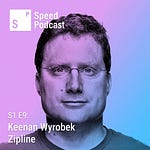
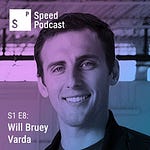

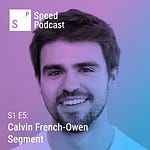
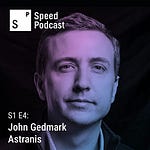

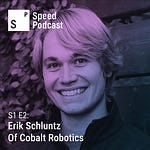
Share this post